The story of painting, elaborate and meaningful, comprises several stages of self-discovery and complementary, penetrating inner voices. Each and every step, taken carefully or, on the contrary, in a flutter, marks the milestones of human emotions. Depth and shallowness merge in time, within the boundaries of space, but are scarcely meant to lay eyes on each other. Therefore, the painter has but to explore every crumbled bit of the artistic bread and taste the ever-changing flavours that arise along the way.
Long due, the present piece of writing desires to deal with the darker corners of the human mind, haunted by insanity and disorder, flawed by destructive impulses as much as by harmful inspiration. Therefore, I have chosen five works of art painted by well-known artists, in the hope that the following lines will simplify your journey through their intricate streets and alleys. My hope is that, at the end of the article, I will have managed to awaken the curiosity of the reader for this specific topic due to my modest offering of crumbs, because there's a long way till the entire loaf of bread is gone.
Self-harm and the natural disorder of troubled art-Self-Portrait with Bandaged Ear (1889)
Long due, the present piece of writing desires to deal with the darker corners of the human mind, haunted by insanity and disorder, flawed by destructive impulses as much as by harmful inspiration. Therefore, I have chosen five works of art painted by well-known artists, in the hope that the following lines will simplify your journey through their intricate streets and alleys. My hope is that, at the end of the article, I will have managed to awaken the curiosity of the reader for this specific topic due to my modest offering of crumbs, because there's a long way till the entire loaf of bread is gone.
Self-harm and the natural disorder of troubled art-Self-Portrait with Bandaged Ear (1889)
It was 1889 and Vincent Van Gogh, the misunderstood artist, was painting a face for his mental problems in a possible attempt to integrate psychosis into the process of creation. Mentally macerated by his bipolar disorder, alongside with severe episodes of depression and, supposedly, schizophrenia, Van Gogh's suicide at the age of 37 put an end to the painter's artistic vision in a dark and abrupt manner. Self-Portrait with Bandaged Ear presents Van Gogh in an attitude of indifference towards the outside world. The emptiness in his eyes foretells the painful future that lays ahead, where hope and artistic satisfaction reside no more.
Refusing to face the viewer and, at the same time, refusing to face himself, Van Gogh stares at the disguised void floating around, enshrouded in a cloak bearing the resemblance of a room, intangible and impersonal. The large bandage on the right side of his head acts like a constant reminder of the unseen intruder able to take control over a man's volition. The painting speaks of countless struggles to conquer the artistic world, of unfulfilled desires and rough paths to self-discovery, all in vain when it comes to surrendering in front of mental troubles. The artist is defeated by his own self and against his own will.
The horn of plentiful madness: Netherlandish Proverbs (1559)
Refusing to face the viewer and, at the same time, refusing to face himself, Van Gogh stares at the disguised void floating around, enshrouded in a cloak bearing the resemblance of a room, intangible and impersonal. The large bandage on the right side of his head acts like a constant reminder of the unseen intruder able to take control over a man's volition. The painting speaks of countless struggles to conquer the artistic world, of unfulfilled desires and rough paths to self-discovery, all in vain when it comes to surrendering in front of mental troubles. The artist is defeated by his own self and against his own will.
The horn of plentiful madness: Netherlandish Proverbs (1559)
Pieter Bruegel the Elder imagined a fantastic world of nonsense. Upside-down, engulfed in sheer insanity and utter lack of meaning, this world is more than meets the eye. The abundance of details makes it hard to follow the line of the story as told by the painter, and the effect is grotesque. The melee, comprised of human beings, objects taken out of the context and animals, actually depicts proverbs and fables which belong to the Dutch culture, but not solely to it. Pieter Bruegel the Elder brought to life a world full of complex possibilities, where everything is normal depending on the eye that judges the vista. Everything painted on the wooden panel is taken from day-to-day experiences one can encounter.
So, what is topsy-turvy, after all? The detail that strikes the eye, though, is the shared expression on the people's visage. The twisted countenance turns the human heads into simple shells for madness, where folly is queen and its subjects take part in a tragicomic play. The element which caught my attention when I first saw the painting was the globe with the upside-down cross. Therefore, we have been warned: there's nothing depicted in the painting which follows the norm. I have also found the image to be good food for thought and analysis, apart from the element of disturbing grotesque, and one can easily engage in a game of guess-the-proverb.
Cannibalism in a nutshell: Saturn Devouring his Son (1819–1823)
So, what is topsy-turvy, after all? The detail that strikes the eye, though, is the shared expression on the people's visage. The twisted countenance turns the human heads into simple shells for madness, where folly is queen and its subjects take part in a tragicomic play. The element which caught my attention when I first saw the painting was the globe with the upside-down cross. Therefore, we have been warned: there's nothing depicted in the painting which follows the norm. I have also found the image to be good food for thought and analysis, apart from the element of disturbing grotesque, and one can easily engage in a game of guess-the-proverb.
Cannibalism in a nutshell: Saturn Devouring his Son (1819–1823)
Francisco de Goya painted a dark scene of extreme violence taken from mythology in a vivid attempt to embody several of the human flaws in a single person. Saturn, the Titan possessed by extreme lust for power, gradually eliminates his competitors as soon as they are born. Having previously overthrown his own father, Saturn now fears that history might repeat itself. Thus, he eats his own newborn children in a futile race against the ultimate failure.
Goya'a painting does not represent the mere illustration of a myth. Compared to other depictions, this one shows Saturn on the brink of despair mingled with madness. Wide-eyed with apparent fear, he takes large bites in order to bring the abominable act to an end. There is a look of absence on his countenance with respect to the outside world, as he lives in his own sealed box, haunted by insecurities and devoid of empathy. We know that Goya wanted to be more than the illustrator of a myth and therefore his painting speaks of the horrors encountered at wartime, where people are killed for absurd reasons.
Ersatz insanity and the quest for nothingness: Cutting the Stone (c. 1494)
Goya'a painting does not represent the mere illustration of a myth. Compared to other depictions, this one shows Saturn on the brink of despair mingled with madness. Wide-eyed with apparent fear, he takes large bites in order to bring the abominable act to an end. There is a look of absence on his countenance with respect to the outside world, as he lives in his own sealed box, haunted by insecurities and devoid of empathy. We know that Goya wanted to be more than the illustrator of a myth and therefore his painting speaks of the horrors encountered at wartime, where people are killed for absurd reasons.
Ersatz insanity and the quest for nothingness: Cutting the Stone (c. 1494)
When it comes to painting grotesque instances of nonsense, Hieronymus Bosch is one of the most representative artists. I have previously written about him in Lo's Corner, and you can give the article a read for more information. But now, let's take a look at the panel bearing the inscription of what would be translated in modern day English as 'Master, cut away the stone/ My name is Lubbert Das'. Apparently, the character in question is taken from the Dutch literature and his behaviour labels him as foolish and risible. Hence, the doctor is curing the ailment in a very technical way, but useless without fail.
The question to arise is 'Who is the madman here?' The doctor, who wears a funnel as a hat and definitely has no skills for operating on a patient which, by all means, does not need surgery because there is nothing to be cured? Or, perhaps, the two 'assistants', the foolish side of religion and doctrine? The ludic side of the painting is, perhaps, aimed at mocking useless customs along the line of the Latin proverb Castigat ridendo mores (Laughing corrects morals).
Murder as a consequence of mental instability: Ivan the Terrible and His Son Ivan: November 16, 1581 (1885)
The question to arise is 'Who is the madman here?' The doctor, who wears a funnel as a hat and definitely has no skills for operating on a patient which, by all means, does not need surgery because there is nothing to be cured? Or, perhaps, the two 'assistants', the foolish side of religion and doctrine? The ludic side of the painting is, perhaps, aimed at mocking useless customs along the line of the Latin proverb Castigat ridendo mores (Laughing corrects morals).
Murder as a consequence of mental instability: Ivan the Terrible and His Son Ivan: November 16, 1581 (1885)
For this painting, Ilya Repin browsed through the bloody events staining the Russian history, more specifically the death of young Ivan at the hands of his own father, Ivan the Terrible, in what seems to be the outburst of a troubled mind. I personally find this painting to be fascinatingly expressive due to the complexity of emotions adorning the countenance of the two characters. Though a murderer, the pain of the father is striking as his eyes speak for the unheard voice he must have possessed after the moment of impact. Young Ivan's eyes, in turn, express a plethora of physical sensations, feelings and thoughts. Too late for him, though, for life is already midway between his body and the void.
The bloodstained figures, rising like two ghosts from an untold war, are clasped together for one more time, in a macabre embrace. Both father and son used to be extremely well-read but cruel, and Repin's painting erases any differences there might have existed between the two, mingling all ranges of emotions in two bodies that finally look like one.
The bloodstained figures, rising like two ghosts from an untold war, are clasped together for one more time, in a macabre embrace. Both father and son used to be extremely well-read but cruel, and Repin's painting erases any differences there might have existed between the two, mingling all ranges of emotions in two bodies that finally look like one.
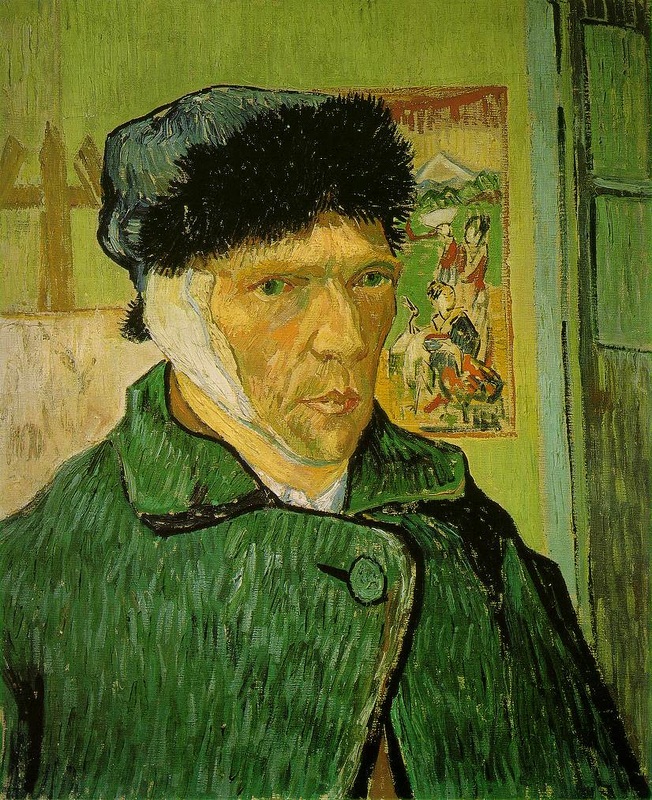
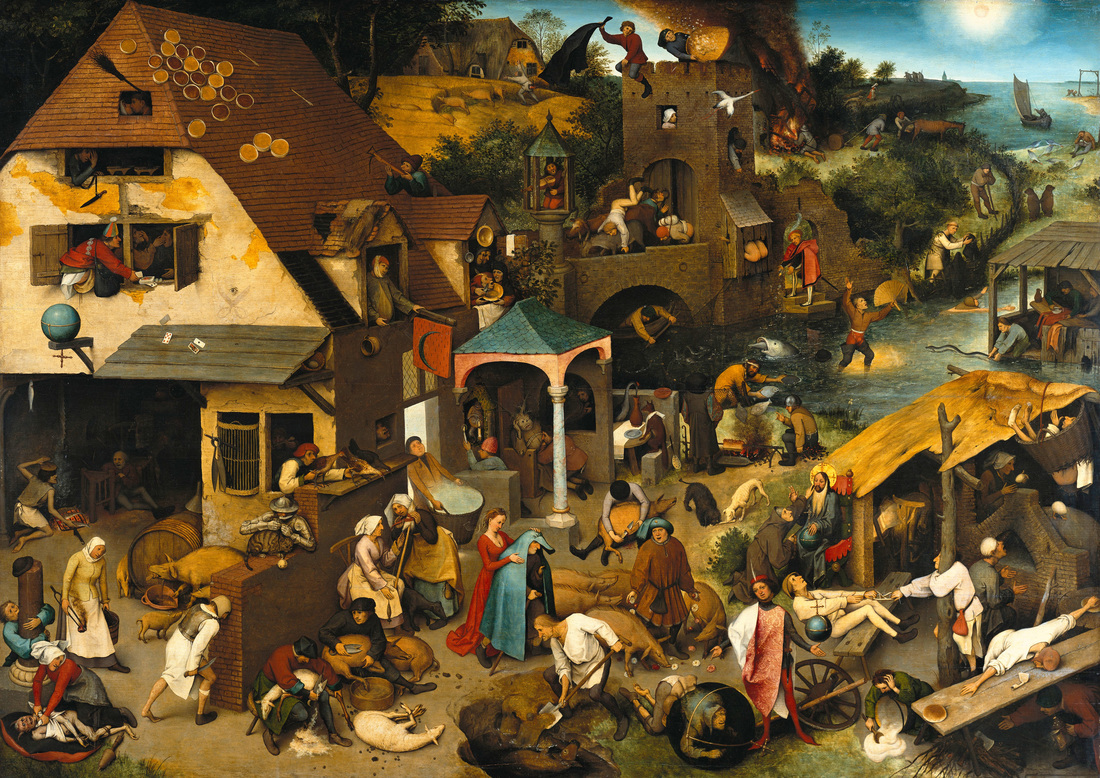
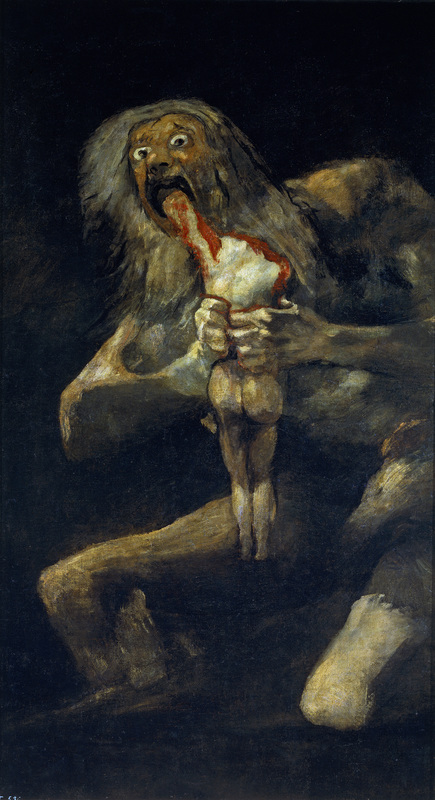
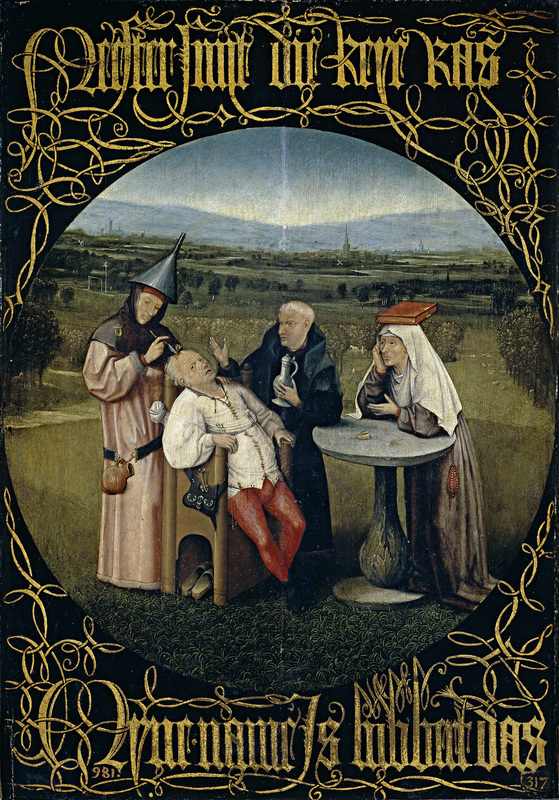
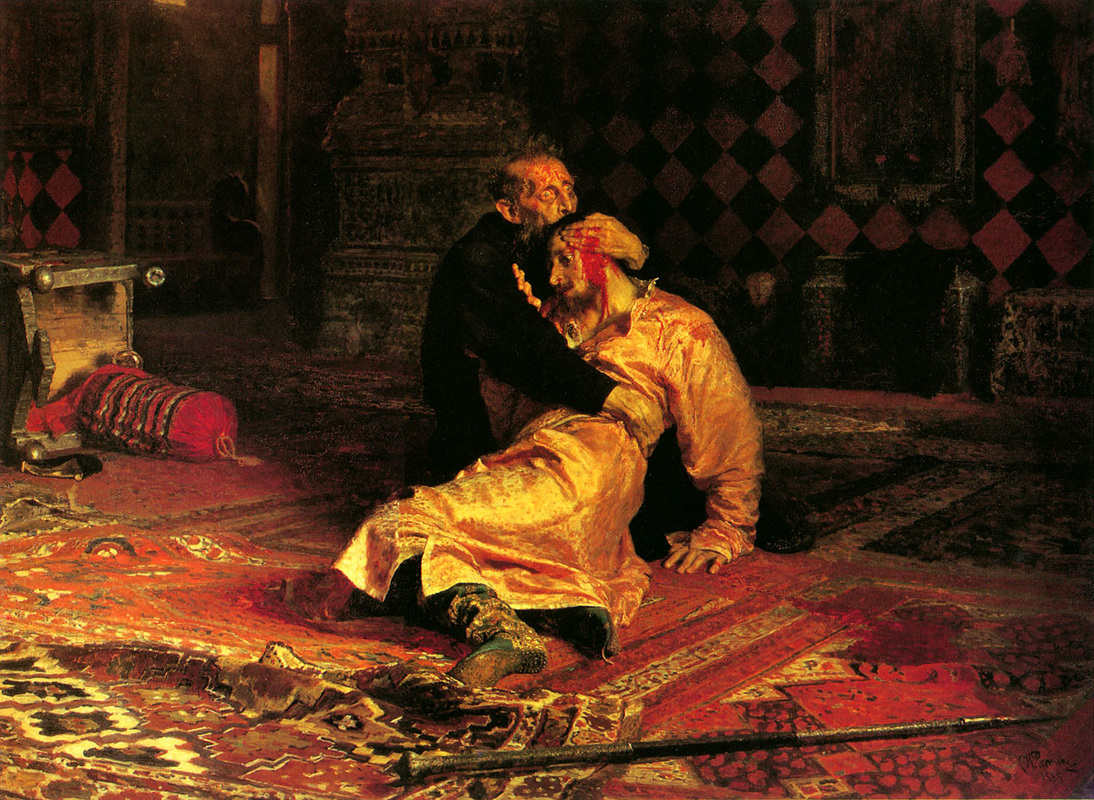
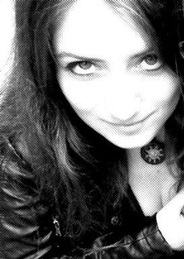
 RSS Feed
RSS Feed
